‘Isolation is our biggest fear’: The valley town living with the threat of earthquakes
Part of ‘Their fight is our fight’: The Independent’s new series about hope and despair on the frontline of the climate crisis
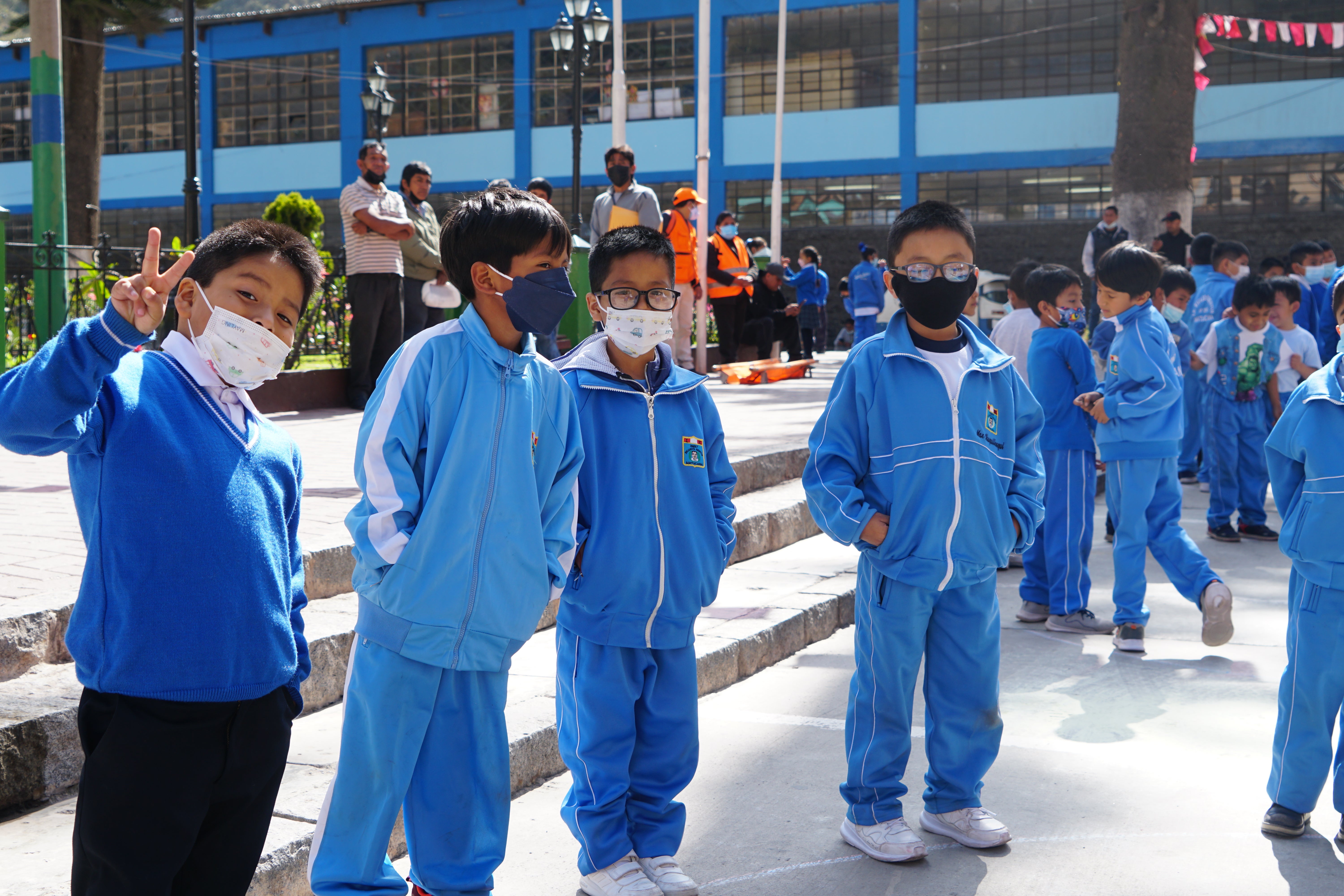
The people of Matucana, a town in the Andes three hours from Peru’s capital city of Lima, live in constant fear of earthquakes.
The town is situated on a geographical fault line and surrounded by mountains with huge boulders embedded in the slopes.
The danger is exacerbated by poor urban planning. Poorly-built tall buildings loom over the central square, which contains the Ricardo Bentin School.
Every year volunteers and the local authorities hold a drill to prepare for the inevitable. Schoolchildren hold hands and are led into open spaces, while the automated mobile phone warning system is triggered.
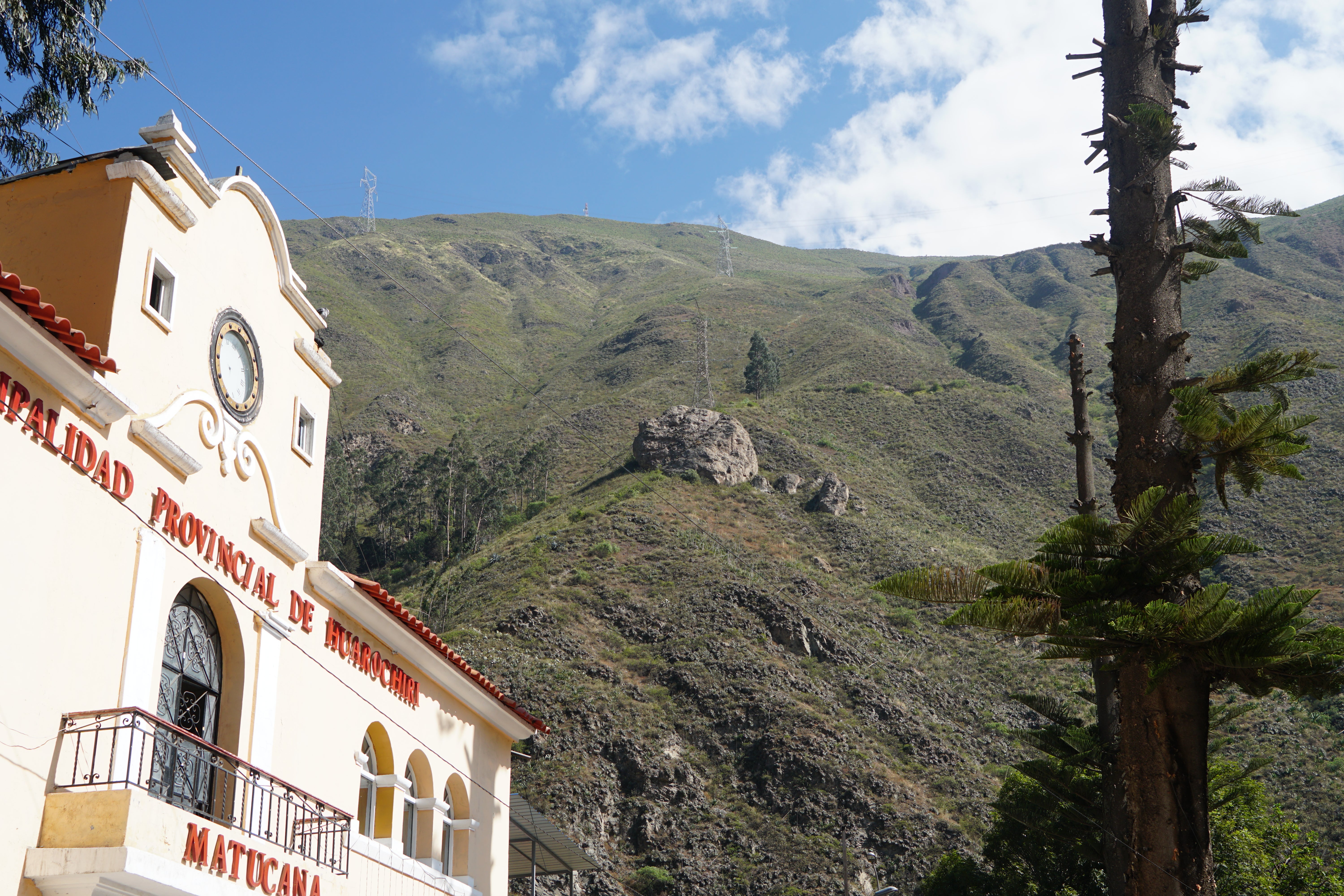
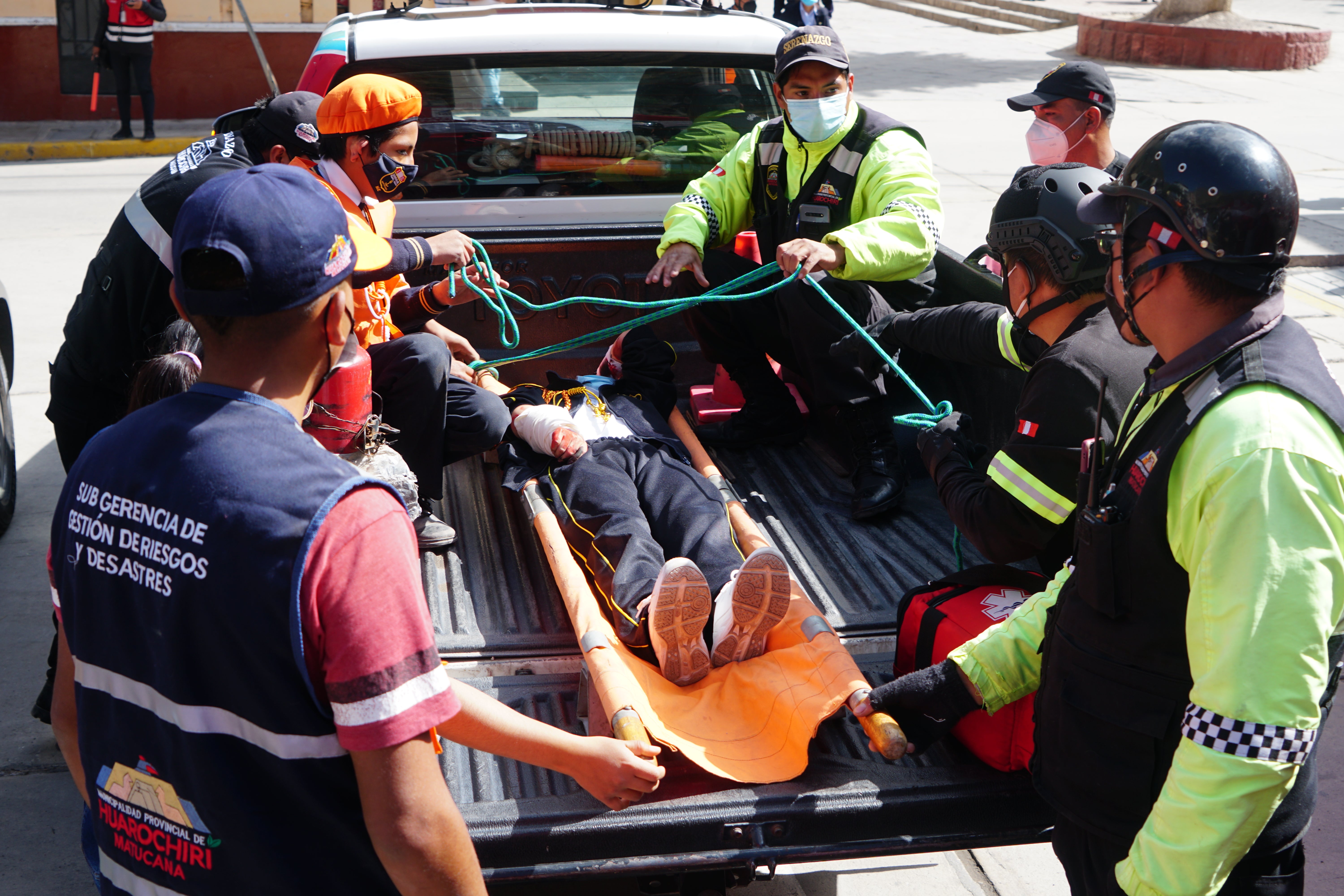
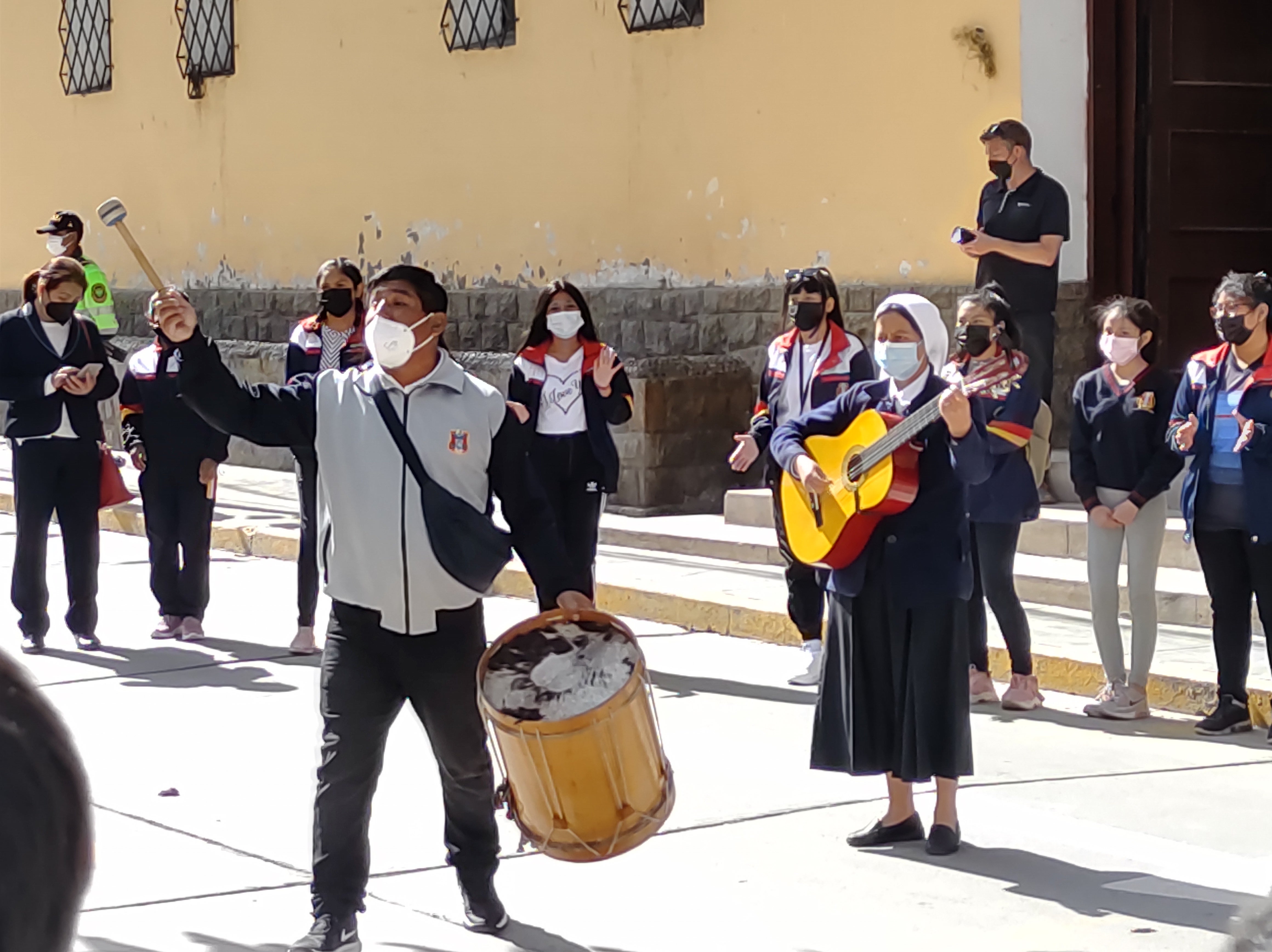
Jose Vicuna, a coordinator for disaster risk management in the municipality, said: “The main risk is that Matucana is a small town with just two main roads, so we have few evacuation routes.
“We are surrounded by mountains and rocks. I fear we will become isolated when there is an earthquake.”
Jose also says the school children receive emotional support after the drill so they don’t get traumatised by the event.
During the 2007 earthquake that devastated Peru, killing 519 people across the nation, Matucana went without government aid for a week.
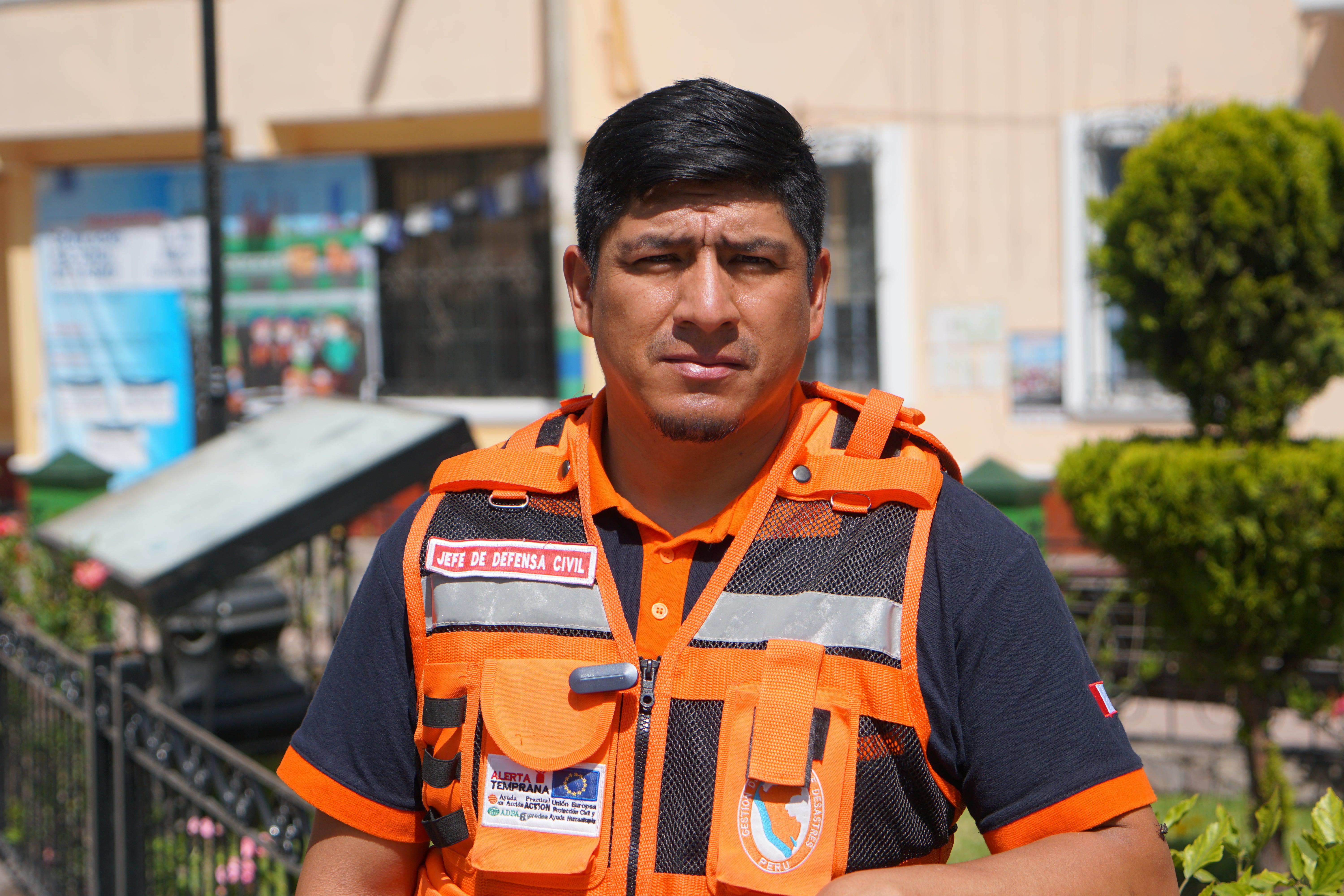
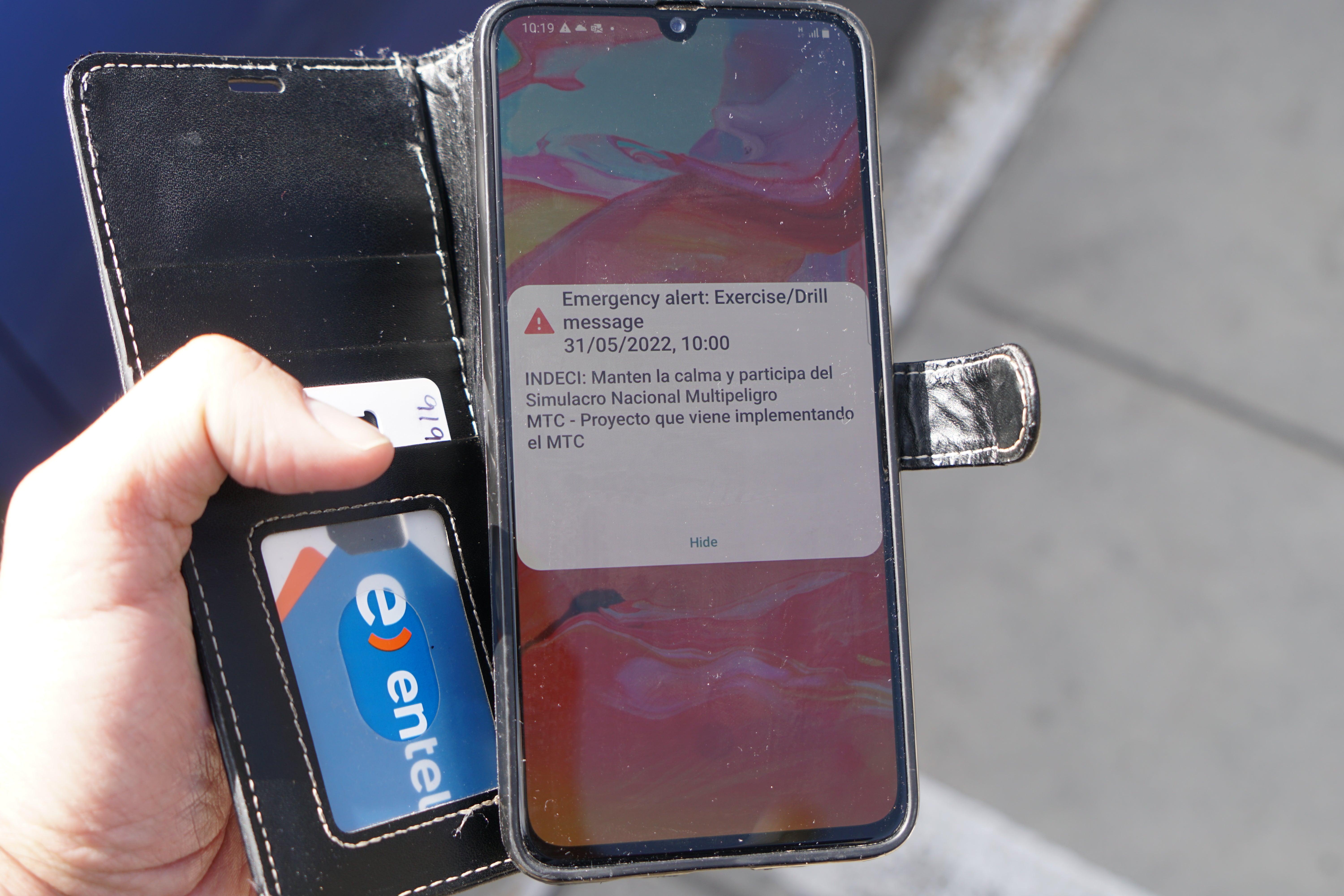
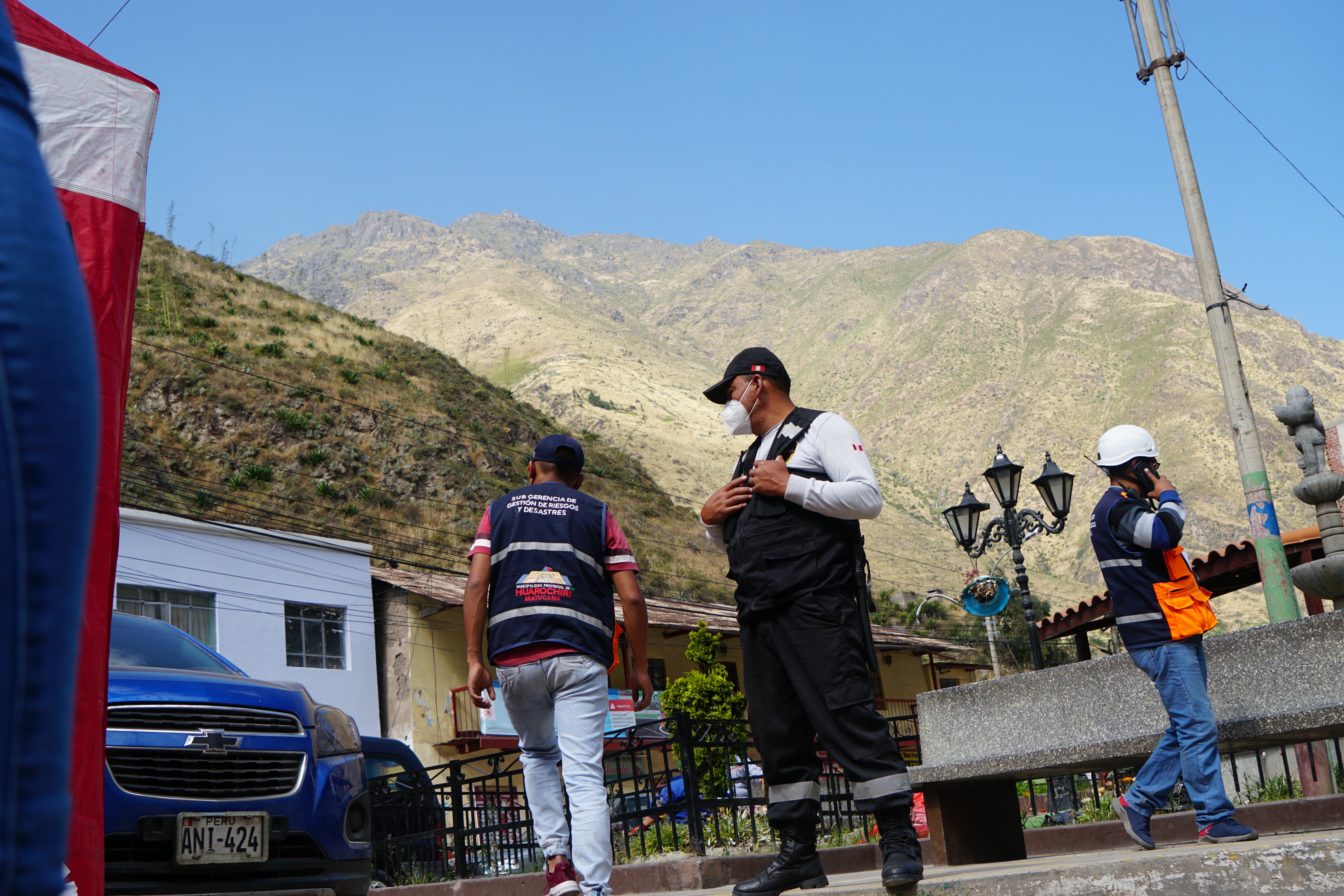

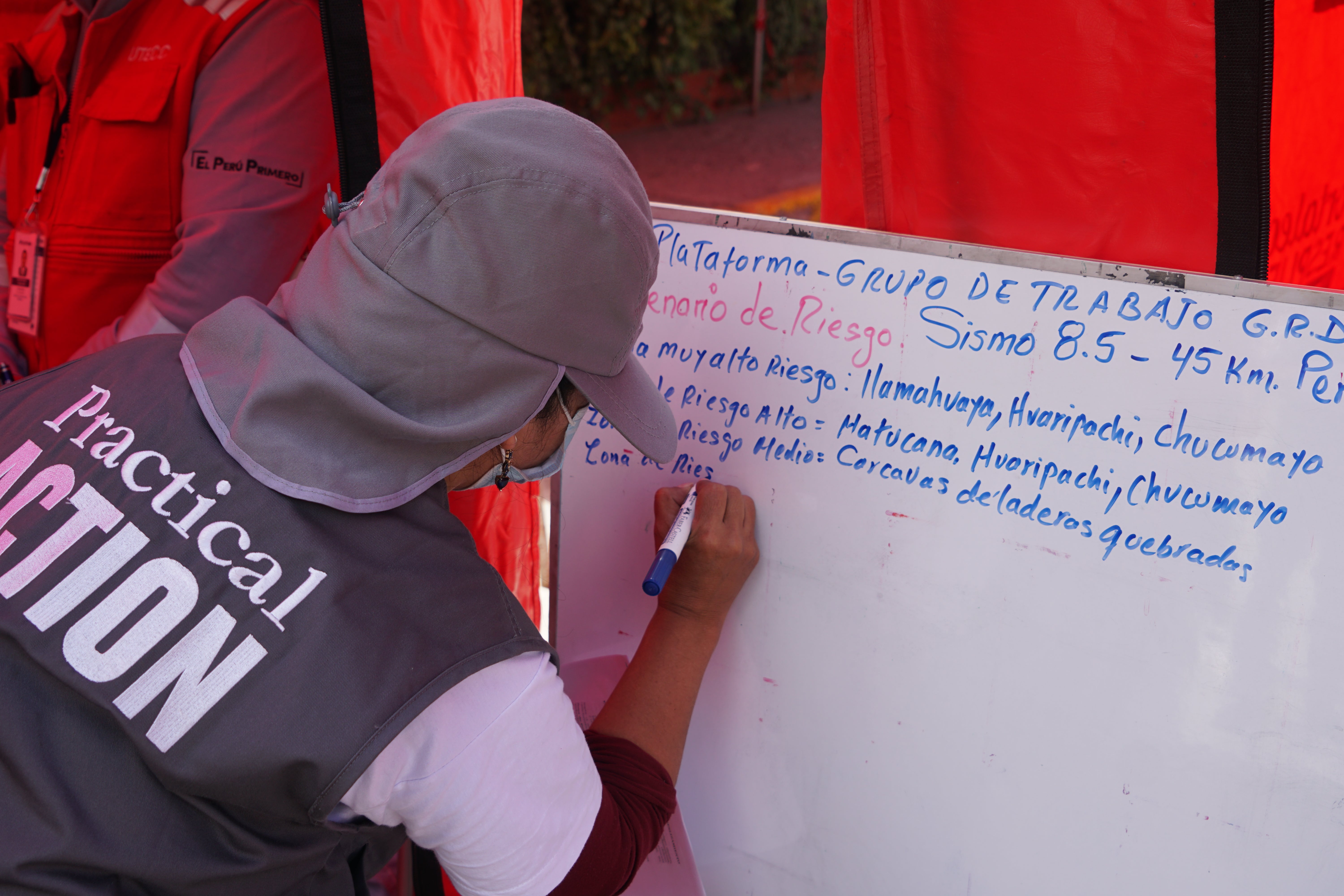
The 8.0 magnitude quake, which experts say is produced about once every 100 years, hit the central coast of Peru on 15 August and lasted two minutes.
The city of Pisco, 160 miles southeast of Lima, was hit hardest. About 85 per cent of its buildings were destroyed, and as many as 430 residents died, 148 were killed when the cathedral collapsed in the city’s main square.
Matucana, like so many mountain communities in Peru, is also vulnerable to flooding because of unstable rain patterns triggered by climate change.
Sam Webb travelled to Peru with the charity Practical Action.
Join our commenting forum
Join thought-provoking conversations, follow other Independent readers and see their replies
Comments
Bookmark popover
Removed from bookmarks